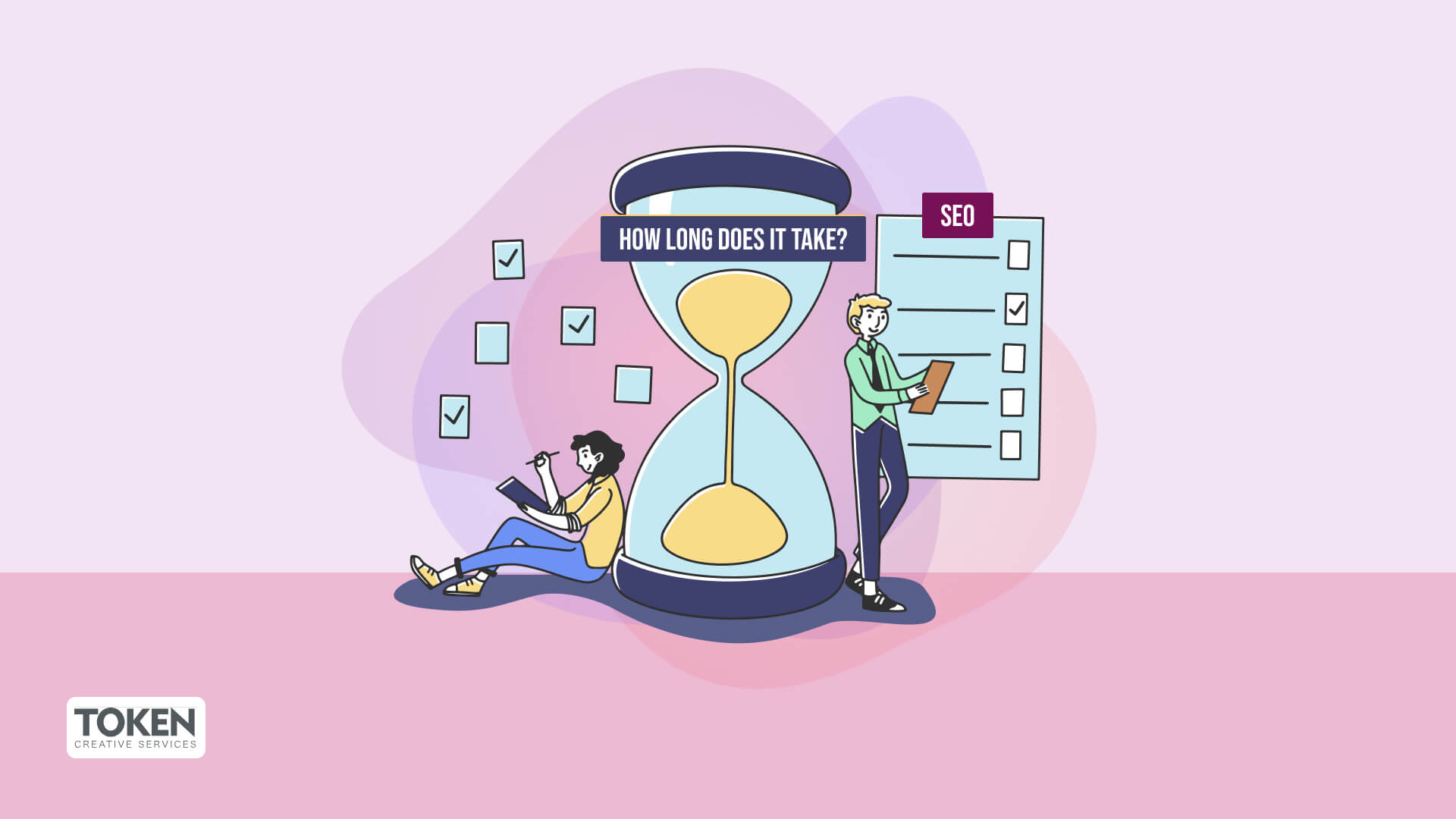
In today's online landscape, eCommerce SEO is a essential aspect of running a successful internet store. With Google and Bing being the main source of visitors for most digital retail businesses, enhancing your store for SEO can significantly influence your visibility, sales, and overall growth. According to BrightEdge, over 53% of all site traffic comes from natural search, making it crucial for digital retailers to prioritize SEO tactics that improve rankings and drive conversions. This guide will walk you through eCommerce SEO strategies, best practices, and real-world data findings to help your business thrive in a competitive landscape.
Understanding Online Store SEO and Its Significance
SEO for online stores goes beyond basic site enhancements. It involves enhancing product pages, collections, and the overall website structure to boost rankings and user experience. According to Moz, the top-ranking websites on Google get 31.7% of all clicks, while lower-ranked listings receive significantly less exposure. By adopting an effective eCommerce SEO plan, businesses can generate organic traffic and minimize reliance on paid marketing.
Key online store SEO factorsinclude keyword analysis, site optimization, schema markup, loading performance, and mobile optimization. Google’s mobile-prioritized ranking further highlights the necessity of optimizing for mobile-friendly stores, as over 72.9% of online store transactions now come from mobile devices (Insider Intelligence).
Keyword Research: The Foundation of Online Store SEO
Effective eCommerce keyword research is crucial for appearing higher in search listings. By identifying the optimal search terms, businesses can target potential customers at various stages of the buying process.
Steps for Effective Keyword Research:
Identify Buyer Intent Keywords: Use tools like Google Keyword Planner, Ahrefs, and SEMrush to discover effective transactional keywords (e.g., "buy running shoes online").
Leverage conversions Specific Keywords: Search terms like "best running shoes for flat feet" often have lower competition and higher conversion rates.
Analyze Rival Keywords: Platforms like SpyFu and Ubersuggest help find search terms that drive visitors to competitor stores.
Optimizing Item and Collection Pages for SEO
Product and collection listings play a vital role in online store SEO. Optimizing these pages ensures higher rankings and a smoother user experience.
Best Methods for Item Page SEO:
Use Unique Product Descriptions: Avoid duplicate content by crafting original descriptions.
Optimize Title Tags & Meta Summaries: Include primary keywords while keeping them search results engaging and concise.
Add Clear Images with Alt Text: Improves search visibility and enhances UX.
Internal Connections: Direct customers and crawlers to related items and collections.
Boost Your Online Store Revenue with Expert SEO
Having trouble to rank higher and increase website traffic to your eCommerce site? Token Creative Services specializes in eCommerce SEO that improves visibility, brings in targeted customers, and increases conversions.
Be discovered. Grow your revenue. Stay ahead of the competition.
Reach out now for a customized SEO plan that drives success.
Conclusion
eCommerce SEO is a continuous investment that demands careful planning, execution, and patience. By implementing best practices, optimizing item and category listings, and focusing on technical SEO, online stores can achieve long-term growth. As Google ranking factors keep to change, staying updated with the latest digital SEO trends is crucial.
Are you prepared to SEO trends elevate your online store to the next level? Start optimizing today.
Comments on “The Ultimate eCommerce SEO Guide: Strategies, Tricks & Best Methods for Online Success”